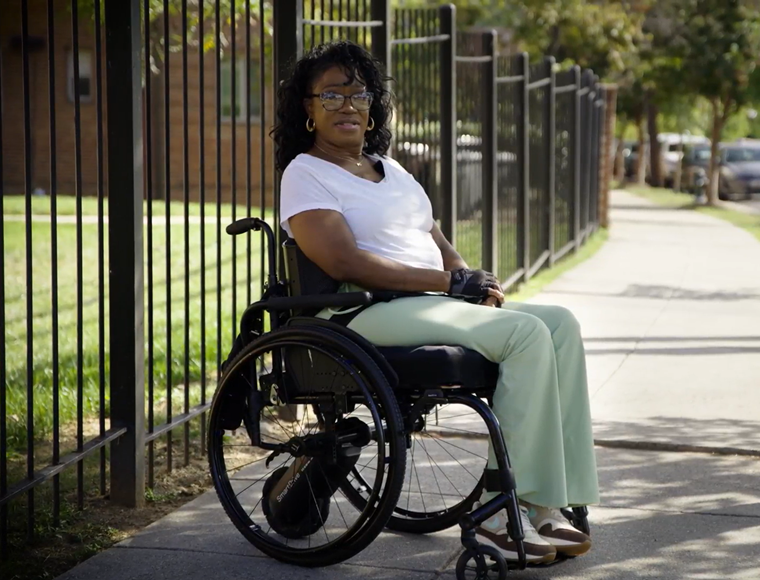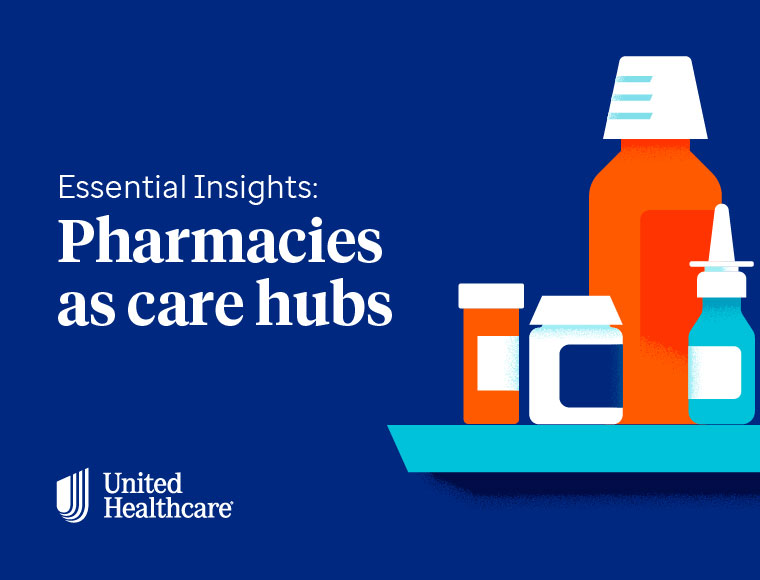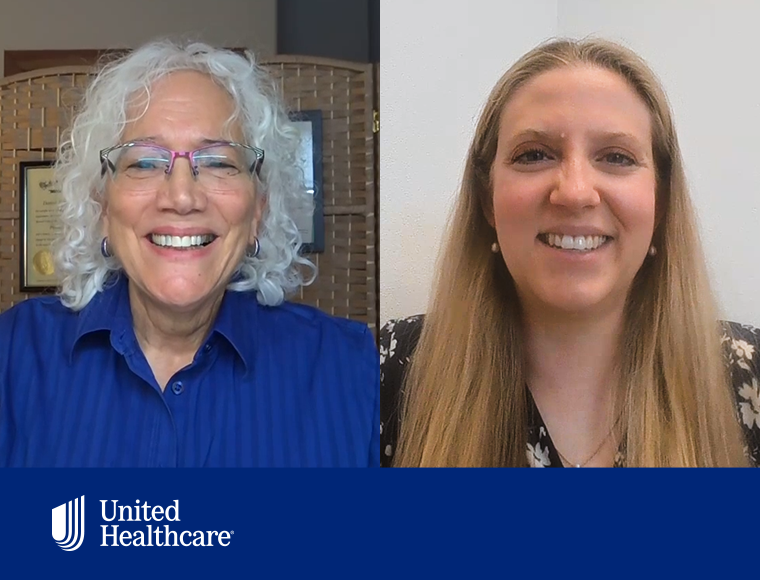Tollie B. Elliott, Sr., MD, Chief Executive Officer of Mary’s Center, serves on our National FQHC Advisory Board.
As with all health care, COVID-19 ushered in changes to how Medicaid beneficiaries received care. Telehealth was put into practice almost immediately and as it expanded during the pandemic, so did other methods to expand care beyond the doctor’s office such as remote patient monitoring (RPM).
For pregnant women, RPM and other in-home care tools have broad implications after the public health emergency. It can fill in the gap between patient and doctor interactions and uncover missed health care issues that could become serious if left unchecked. Practitioners can monitor blood sugar or blood pressure readings remotely and watch for gestational diabetes or high blood pressure. Other equipment that can be used at home include machines to detect fetal heartbeats or assess the mother’s uterine activity.
Pivoting to remote obstetric care
At Mary’s Center in the metro Washington, D.C. area, we began offering facilitated telehealth even before the pandemic. We were able to offer it as a partnership with our local managed care organization. Beginning in 2017, trained medical assistants (MA) brought everything to a patient’s home that was necessary to conduct a telemedicine visit. With a laptop, Wi-Fi hotspot, vaccines, laboratory equipment and basic medicines, MAs were able to facilitate primary care to individuals who would otherwise not visit a clinic.
When the pandemic arrived, we were beginning to pivot to this type of care. We already knew that there were many pregnant women who could benefit from this type of care, but many individuals can’t access prenatal appointments at a clinic because of barriers such as transportation, work, or childcare.
The facilitated telemedicine kit which already had a scale, a thermometer, digital stethoscope and a blood pressure cuff, was updated to include a tape measure and a fetal monitor. The laptop also had a high-definition camera with a magnifying lens that allowed practitioners to examine patients. We’ve also added the ability to do a fetal non-stress test at home by assessing the baby’s heart rate along with the mother’s uterine activity.
Once we began providing care virtually, we were even able to extend it. For example, many women don’t know that clinical indications may require a non-stress test. We trained our MAs on proper equipment placement to enable the performance of the test so an assessment can be provided at home when appropriate.
We are also able to conduct virtual postpartum check-ups. This allows us to examine the mother for symptoms of postpartum depression or other health issues, such as high blood pressure that may otherwise go unseen.
Avoiding preventable outcomes and engaging with pregnant women
In the District of Columbia, more than 33% of infants are born to women who do not receive adequate prenatal care.1 Though we are still collecting data, we know through anecdotal evidence that in-home technology helps providers engage with pregnant women who otherwise may miss visits or prenatal care altogether.
Observing its impact firsthand and knowing that women who miss prenatal visits have higher rates of potentially avoidable maternal complications, we see how remote care is helping women prevent life-threatening and dangerous outcomes. For women who can’t access care due to barriers such as lack of childcare, transportation or paid time off, providing in-home care can keep us from wondering what would happen if we were able to reach the mother sooner.
We know that there aren’t enough providers to help all the pregnant mothers in our area. This technology helps us work smarter and bridge the gap. By identifying complications early on before symptoms become troublesome and more costly, remote patient solutions also are cost effective. We can identify if the baby is stable enough for the mother to stay home while pregnant, which reduces unnecessary hospital expenses.
Improving health equity with remote care
Mary’s Center’s use of remote care for pregnant and postpartum mothers serves as a case study into the effectiveness of RPM for underserved individuals. In-home virtual care creates health equity in obstetrics for low-income or women of color who may not have access to adequate health care during and after pregnancy.
As policymakers look at ways to improve access to health care for pregnant and postpartum Medicaid members, remote care is an opportunity. Access to appropriate and reliable devices, available and consistent broadband access and adequate digital literacy are all required to support use and engagement. To support remote care for pregnant and postpartum members, coverage of devices and reimbursement of services delivered at home should all be considered in new policies and regulations beyond the pandemic.
To learn more about opportunities to improve maternal health outcomes, read the National FQHC Advisory Board's latest issue brief.











